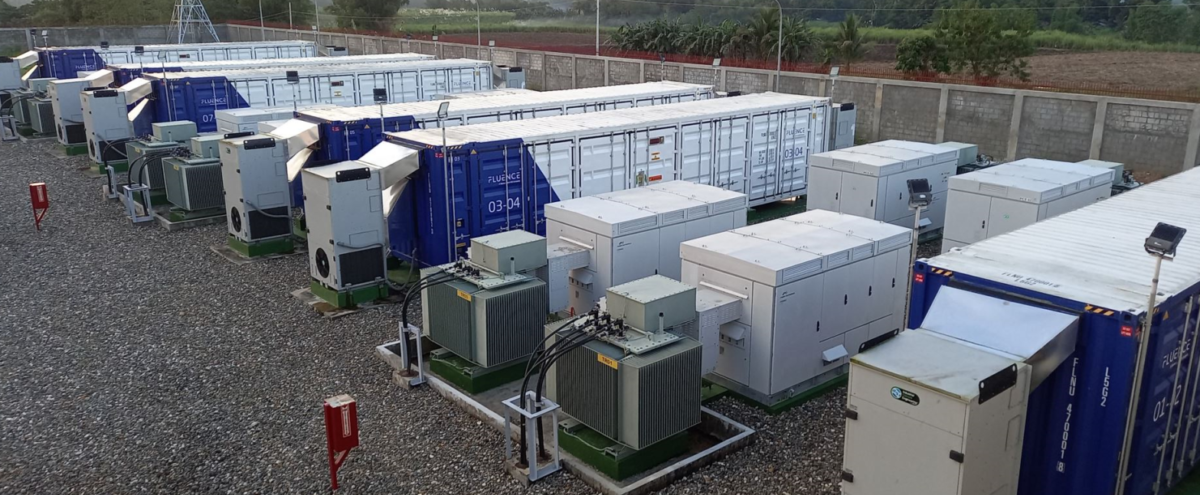
Managing Noise Issues When Developing Energy Storage Facilities
In Ontario, the demand for electricity is projected to grow 1.7 per cent annually over the next two decades as the population grows. This is coupled with expected reductions in existing capacity, as nuclear assets are decommissioned or refurbished and contracts with existing generators expire. These factors have combined to create a forecasted shortfall in energy supply in the coming years. To ensure a sufficient and reliable supply of electricity, the province recently announced it is looking to procure up to 4,000 MW of new capacity, 2,500 MW of which could be energy storage.
Large scale energy storage is new for Ontario and is an emerging technology globally. Rather than generating new power, it can help store it from various sources and dispatch it on demand when the needs are highest. This helps keep the electrical grid in balance and improve the utilization of variable power generators like wind and solar. In addition, Canada has set an ambitious goal to achieve a net zero electricity system by 2035 and its success depends on the support of emerging renewable technologies, like energy storage.
The Independent Electricity System Operator (IESO), which is the coordinator and integrator of Ontario’s electricity system, recommended that grid-scale battery storage should play a key role in the push for new capacity. As a result, battery energy storage facilities are being developed en masse in Ontario with the hopes of winning power contracts with IESO.

How to Manage Potential Noise Issues with Energy Storage Facilities
While energy storage can help solve the issue of electricity demand, it could create new problems for residents around noise. Battery storage facilities are large-scale electrical facilities and the tonal humming and buzzing of the high voltage electrical equipment can be annoying to a listener.
There are steps to test for potential noise issues but typically, Acoustic assessment for battery storage facilities is done after the power contracts are awarded. The problem is often noise issues don’t appear until much later in the process when changes are much more costly, or potentially can’t be achieved.
Consider sound management for BESS installation before you settle on a site for energy storage facilities. The following are some tips to ensure your system doesn’t cause noise concerns for residents:
- Determine your path: The permitting regulations are not easy to navigate. There is not a clear path for Battery Energy Storage System (BESS) projects right now since it’s a new technology and the existing regulations and guidelines don’t have a clear-cut category covering them. Renewable Energy Approval (REA), Environmental Compliance Approval (ECA), and Environmental Assessment (EA) are all potential permitting paths for battery energy storage systems. Each has pros and cons to the process and can be difficult to navigate. Engaging in an Acoustic assessment for battery storage facilities early can help determine the most suitable approach.
- Find the closest sensitive receptors: Where and how sensitive receptors need to be assessed is not straightforward. This has big implications on the available noise budget for a project. Sometimes it’s not clear how close a sensitive receptor may actually be, and what implications that would have on the project. A thorough Acoustic assessment for battery storage facilities helps identify and address these concerns before they become major issues.
- Pick the equipment that meets your (noise) budget: The equipment that gets selected for the site drives the facility noise emissions and determines how close (or how far over) you are to your noise limits. At the early stage of the project, multiple suppliers get evaluated and compared. It’s important to know that supplier data on the noise emissions of equipment is usually not consistent. Comparing between different suppliers can be difficult, and some data may appear quieter but it is not the case. Some suppliers offer noise reduced equipment options, which are important to identify early in the process to minimize cost. To be safe, when you purchase the equipment, write your procurement contracts with safeguards to ensure that design sound levels will be met. Implementing sound management for BESS installation strategies at this stage can help mitigate potential noise issues down the line.
Involving an acoustic consultant at the outset of planning can help with evaluating the equipment, assessing potential sites for preliminary noise budgets, constraints, and scale of potential mitigation needs. This helps prioritize development efforts to the best sites and get a better idea of the capital cost implications of potential mitigation requirements. Sites with sound management for BESS installation will help protect the public and be a welcome addition to the local community and the entire province.
